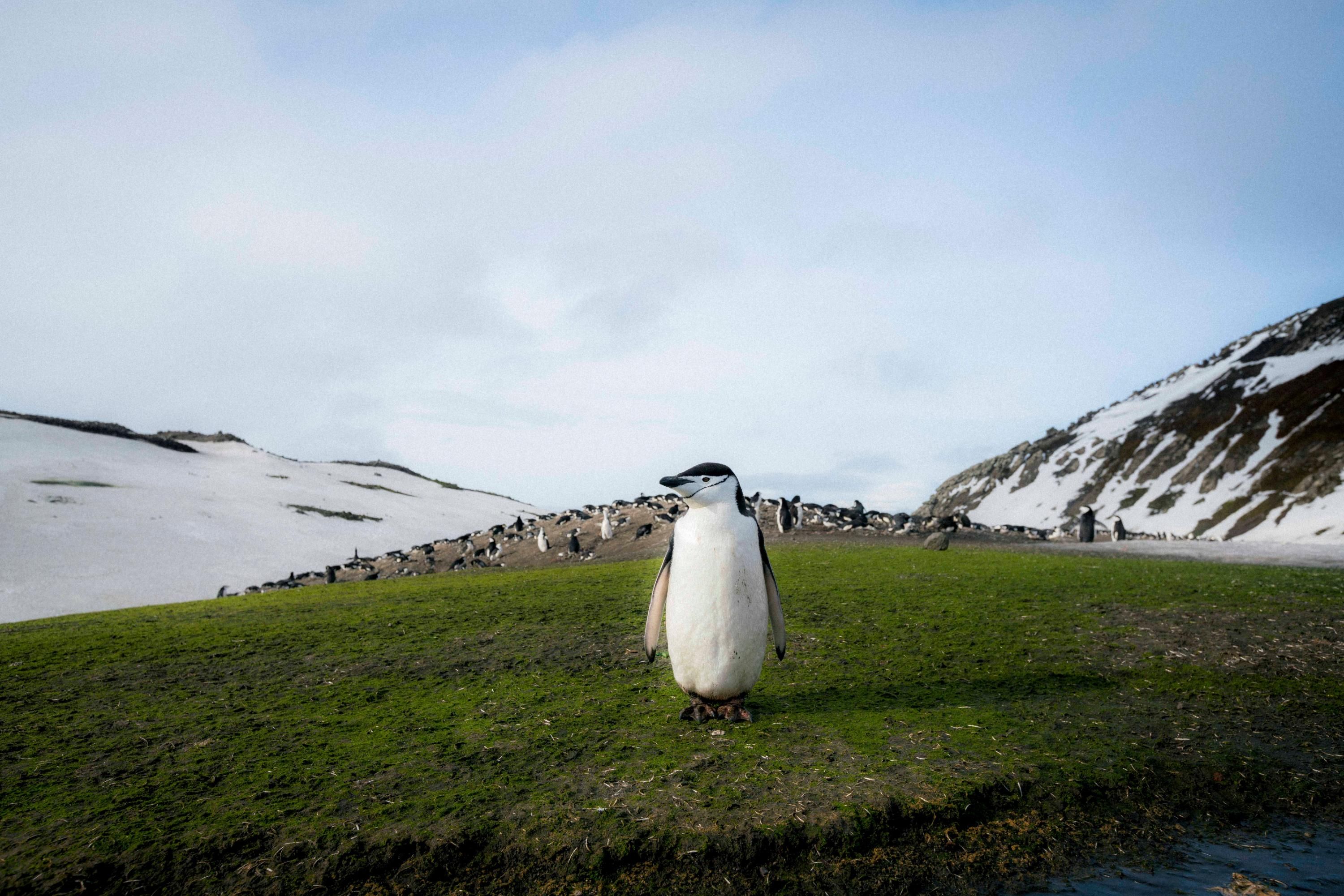
Authors of a new study published Tuesday warn accelerated growth of Antarctica's two native plant species reveals that the climate crisis is dramatically changing the continent's fragile ecosystem in ways that could have major implications for biodiversity.
Researchers at two universities in Italy and the British Antarctic Survey found that Antarctic hair grass and Antarctic pearlwort have spread between five and 10 times faster in the past decade than they did in the first five decades scientists were studying them.
The researchers examined the plants on Signy Island in the South Orkney Islands and found that as summer temperatures have risen in Antarctica since 2009 and 2018, hair grass has grown five times faster than it did between 1960 and 2009.
"I was expecting an increase of these plants but not of this magnitude."
Pearlwort has grown 10 times faster than it did when researchers first studied it in that earlier period.
Since 2009, summer warming in Antarctica has risen each year by 0.03° to nearly 0.05° Fahrenheit, and the authors of the study, published Monday in Current Biology, said the warmer summers were the main driver of the accelerated vegetation growth.
The progressively smaller population of fur seals—which generally trample the plants and keep them from spreading far—was seen as a secondary cause. According to a study published in December by scientists at the University of Barcelona, fur seals are becoming less prominent also due to the climate crisis, which is cutting down on the supply of krill.
"I was expecting an increase of these plants but not of this magnitude," said Prof. Nicoletta Cannone of the University of Insubria in Como, Italy, who led the research published Monday. "We are receiving multiple evidences that a major change is occurring in Antarctica."
The spread of hair grass and pearlwort on the continent could cause changes in soil acidity, the researchers noted, which can have "consequences on all components of terrestrial ecosystems" according to Cannone.
The accelerated growth of the plants suggests "we may be reaching a climate tipping point," said New Scientist magazine.
The new research follows numerous other recent events and studies showing the effects of the climate crisis on Antarctica. In December, scientists found that a crucial ice shelf keeping the Thwaites glacier—often called the "Doomsday Glacier"—from shattering is eroding from below. Research published last May showed Antarctica has warmed three times faster than the rest of the world over the past three decades.
Along with causing accelerated growth of the continent's only native flora, warmer summers in Antarctica could trigger the growth of non-native species like the Poa annua, which began growing on Signy Island in 2018.
"These may outcompete native species and trigger irreversible biodiversity loss and changes to these fragile and unique ecosystems," the study reads.
Mosses, lichens, vascular plants, and invertebrates may already have migrated to Antarctica, facilitated by human activity such as tourism, the researchers said.
"The ingression of alien species can induce a dramatic loss of the native biodiversity of Antarctica which required millions of years of evolution and survival," Cannone told The Guardian.
This content originally appeared on Common Dreams - Breaking News & Views for the Progressive Community and was authored by Julia Conley.
Julia Conley | Radio Free (2022-02-15T18:30:59+00:00) Flourishing Plants in Antarctica Seen as Possible ‘Climate Tipping Point’. Retrieved from https://www.radiofree.org/2022/02/15/flourishing-plants-in-antarctica-seen-as-possible-climate-tipping-point/
Please log in to upload a file.
There are no updates yet.
Click the Upload button above to add an update.